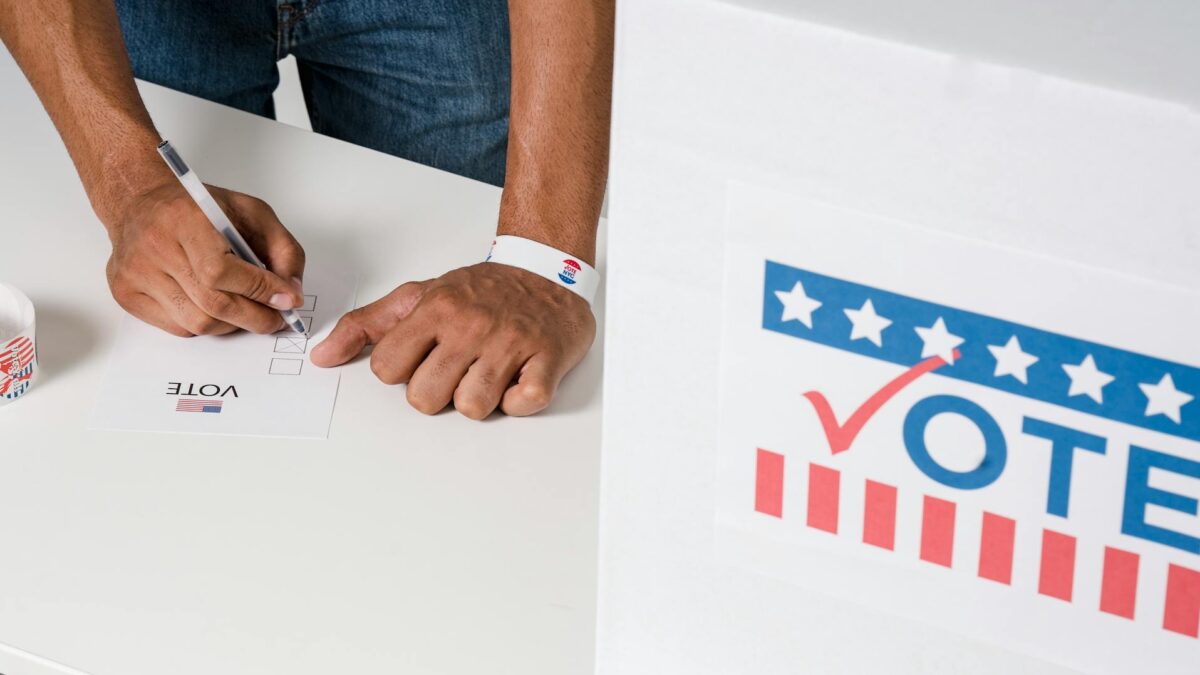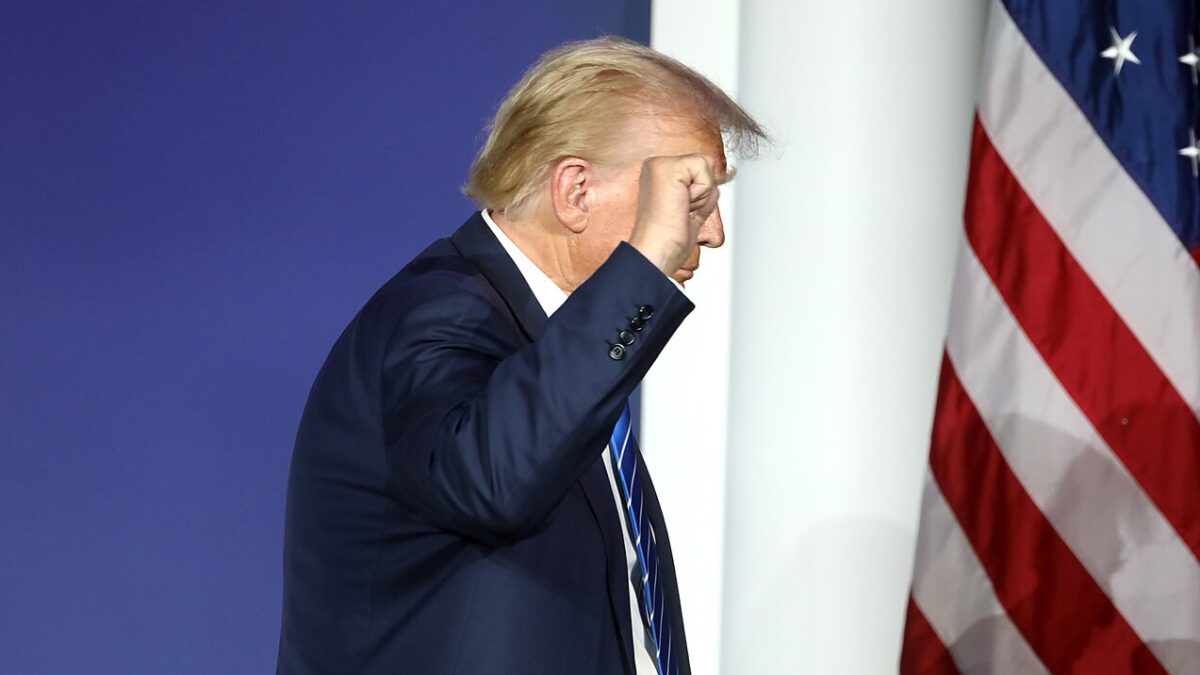
Blame runs far and wide for America’s addiction crisis, but where does individual responsibility factor in? The question (and answer) has been largely absent in the compassion-driven campaign to save lives from opioids in the past several years.
As overdose deaths skyrocket, largely due to excessive demand for the deadly, hyper-infused opioid Fentanyl, Americans have become desperate. The drug, which is 80 to 100 times more powerful than heroin, streams across the U.S. border from Mexico and is easily ordered on the dark web from China. Where the demand exists, unethical benefactors and creative chemists get stealthy—bypassing regulations or repackaging microscopic drugs inside an innocent-looking FedEx box.
It’s important to stem the flow of Fentanyl with better border protections and stronger pharmaceutical regulations in China (which are moving into place), but the overdose numbers won’t decrease until people stop clamoring to buy it. Here is where we can address personal responsibility with substance-use disorders.
Upstream Is the Answer
The answer to tempering demand is prevention. By cultivating opportunities for people to make good decisions before they are locked into an addiction, we’ll be rooted in the foundation for success. In other words, we must go upstream to cut off the problem instead of merely attempting to save people after the fact.
Part of prevention is altering America’s approach to health care, which took a turn for the worse in the 1990s when unnecessary opioid prescriptions exploded, multidisciplinary rehab centers disappeared, and many health insurance plans stopped covering everything but pills. These days, a shortage of primary care physicians means doctors are overwhelmed and pills are often still a go-to in a pinch.
America is headed in the right direction with a renewed national and local effort to fight addiction, but we need a major shift in both focus and funding toward prevention, as well as education and health care as a whole. Unfortunately, the opioid package President Donald Trump signed last year appears to focus least on prevention and little on health care overall. This doesn’t mean we need more money, as taxpayers are already footing billions, but rearranging funds in more effective, long-term strategic ways that prioritize prevention will be very meaningful.
Good Intention, Wrong Direction
Like the opioid package, much of the national conversation, funding, and efforts are currently focused on things like housing, recovery, treatment, and (some argue) over-regulation of the pharmaceutical industry.
The first three are necessary and important, although often prioritized over prevention—and the latter is actually driving some people dealing with severe chronic pain issues to suicide when they are not able to get the pain prescriptions they need. Limiting drugs for this group, or taxing prescription drugs in a way that has a negative boom effect on insurance companies and pain patients will also not end the demand.
The intention behind all of these things is respectable, but the aim is off. By attending to the problem upstream and stopping the addiction before it begins, we can begin to curtail the growing number of fatalities. The place to emphasize the “personal responsibility” aspect that many conservatives view as missing from the addiction conversation, is way back in the beginning when someone first decides to abuse a substance.
Before the Mexican drug cartels and foreign scientists get involved, people are taking their first drink, swallowing their first pill, or misusing a prescription medication (sometimes even at the fault of a careless doctor who has overprescribed.) By the time salt grains of Fentanyl are beneath their tongues, the toothpaste has left the tube. Upstream is the only place people can be held fully responsible for the choices they make.
This also brings into the conversation things like legalizing marijuana—a divisive national debate coming to a state near you. Already legal in 11 states, the decision plays into a fuller narrative about it potentially being a gateway to further drug use. A recent study shows that those who use marijuana are more likely to misuse prescription opioids in the future. Could legalizing one substance be contributing to abuse of another? It’s possible and should be addressed thoughtfully.
The Prohibition Marketplace Will Always Exist
In the meantime, fentanyl producers capitalize on a marketplace filled with consumers so diseased by addiction, they’ve created a booming, but deadly retail industry. These producers find loopholes and creative ways to skirt regulations, like modifying currently banned versions of the drug to bypass bans. And if regulations push production out of China, it’s likely to transition to other countries nearby with less stability and regulation.
The upstream approach is multifaceted, expensive and requires time, but it’s necessary. It’s far more complicated than telling someone with a substance-use disorder to get clean or get his life together. Once someone is inside addiction, she has little control over how the condition affects her. Addiction is a true disease of the brain that requires adequate care and treatment, just as a mental illness or other physical affliction would.
Just as we can help prevent heart disease, obesity, or lung cancer, there are actions we can take to do the same for the disease of addiction.
What Prevention Looks Like
Prevention means directing funds toward comprehensive education programs at schools and community centers. It means public awareness campaigns aimed at parents, urging them to begin conversations about substance-use early and often.
Nonprofits like Safe Families for Children, Big Brothers/Big Sisters, and others that work directly with children in less than stable situations should create education initiatives on the issue, as vulnerable kids are more likely to veer towards substances in the absence of strong community or adult role models. By creating specific and targeted programs within their existing structure, these groups can be pivotal in stopping addiction before it begins.
The Department of Health and Human Services released a guide featuring helpful ideas on prevention for faith-based and community partners, including things like offering free space for education and support groups and accessing grans to organize and support prevention programs through churches.
Another vital prevention effort is an aggressive focus on mental health. While an addiction can begin out of a pain prescription, those dealing with depression and anxiety are more likely to abuse it, especially because those conditions often worsen pain. Reducing the stigma related to mental health issues and ensuring there is help readily available for individuals is key.
This means people need access to good health care and health insurance that covers mental health services. We need our health-care system working at top gear to offer as many low-cost options as possible. That’s not the case for many people right now. In fact, the slide of the health care industry has contributed to the crisis.
Dave Chase, a health industry expert and author of “The Opioid Crisis Wake-up Call,” writes that the crisis is “the logical byproduct of a catastrophically dysfunctional healthcare system.” He documents how a badly managed health-care system has been fueling waves of addiction. There is no easy fix for healthcare overall, but Chase notes that solving opioid addiction upstream will “go a long way towards solving the larger healthcare problem.”
Addressing each of may sides of this crisis will cost a lot of money, but spent correctly, it will go a long way.
The Economic Side of the Equation
Folks may not want to concern themselves with the economic consequences and costs of the opioid epidemic, but that’s part of the solution. Pouring money aimlessly into the problem will never work. Rather, we must seek the most effective programs for long-term success inside a limited budget. Taxpayers can fund endless rounds of Narcan to revive users from overdoses, or we can re-distribute that money toward diverse prevention programs so that we won’t need so much Narcan in the future.
Additionally, energy must go towards tackling America’s health-care crisis to prioritize mental health, primary care and rely less on pharmaceutical companies as a way to induce deep-seated prevention. This will save tens of thousands of lives.
Because the mortality rate and addiction numbers have skyrocketed so quickly, we’re in a bit of a panic mode. Let’s take take a deep breath, reassess, and help give people the opportunity to make good choices for their lives. Then, they can ultimately save themselves.









